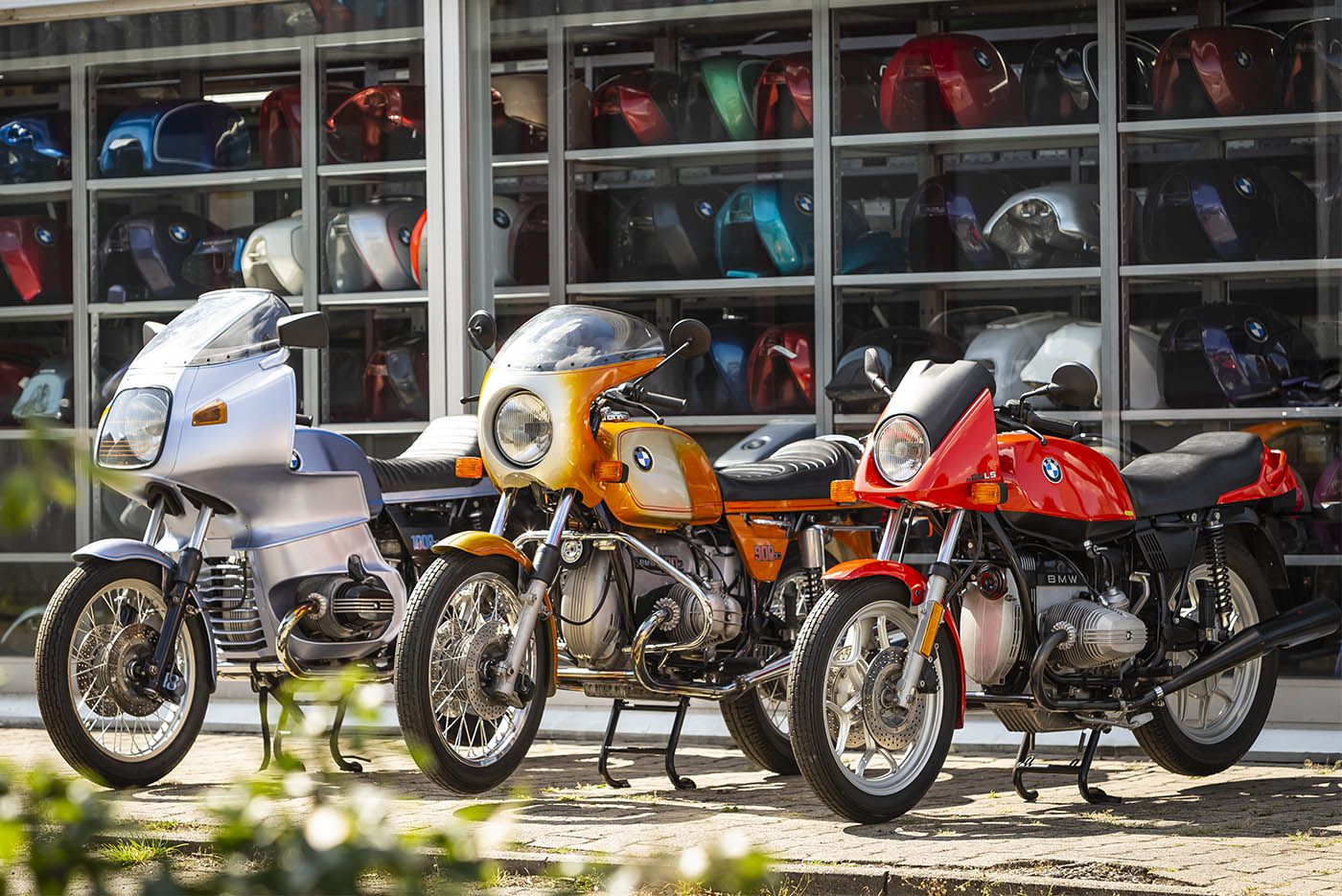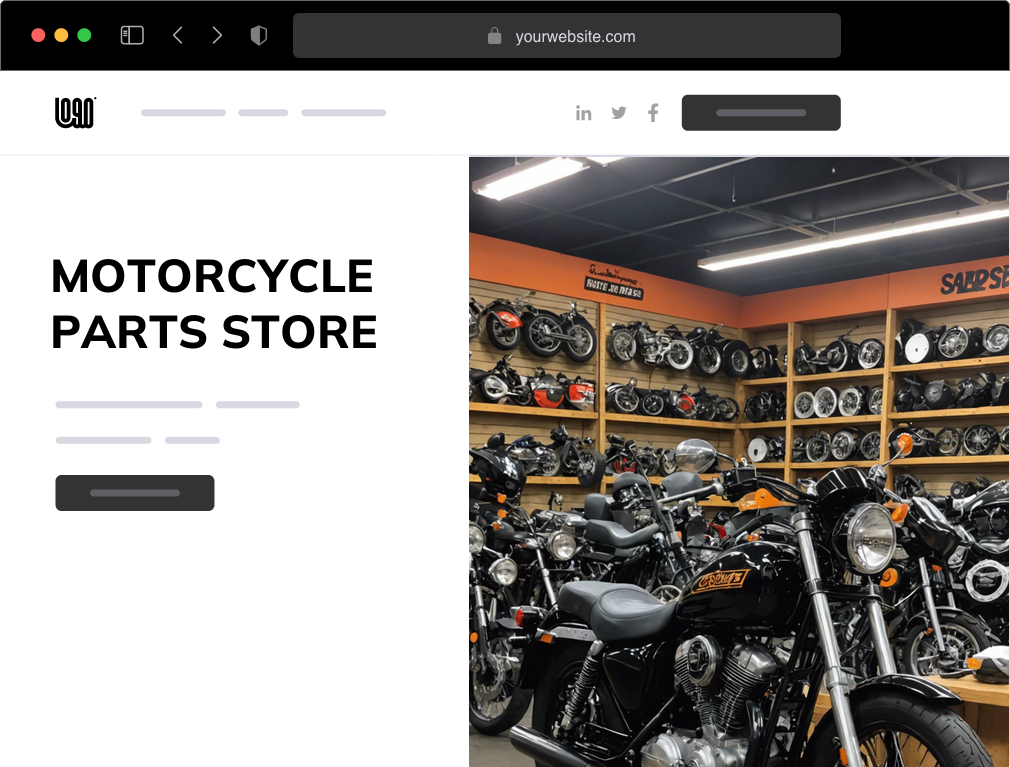Understanding Motorcycle Gears: How to Maximize Your Riding Experience
In the world of motorcycling, understanding the art of equipment manipulation is crucial for enhancing your riding performance. Effectively recognizing and utilizing motorcycle equipments can considerably affect gas, control, and acceleration effectiveness, transforming an ordinary ride into a seamless, exhilarating journey. By including specific change timing and adjusting gear choice to different roadway problems, riders can ensure ideal engine efficiency and safety. The nuances of clutch control, throttle control, and gear auto mechanics bid a deeper exploration, guaranteeing to unlock the complete capacity of your device. How can these techniques be used to really maximize your riding experience?
Recognizing Gear Mechanics
How do the ins and outs of gear auto mechanics affect motorbike efficiency? At the core of bike characteristics, equipment auto mechanics play a pivotal function in converting engine power into activity, inevitably dictating rate and control. Gears, diligently crafted elements, enable cyclists to optimize torque and rate, guaranteeing a smooth change with various terrains and speeds. The equipment proportions, very carefully made, figure out the connection between engine revolutions and wheel turns, influencing acceleration and fuel efficiency.
Understanding gear mechanics starts with recognizing the importance of the gearbox, which houses multiple gears of differing sizes. These gears interact via a process known as meshing, where teeth of various gears involve to transfer power.
Furthermore, the principle of gear moving is indispensable to making the most of performance. Prompt and smooth changes ensure that the engine operates within its ideal power band, protecting against unneeded stress and boosting long life (motocross gear). By understanding these mechanical ins and outs, motorcyclists can achieve an unified blend of control, power, and performance, boosting their riding experience
Timing Your Changes
Change timing proficiency is important for maximizing motorbike performance and improving the riding experience. Correctly timed shifts make sure that the engine runs within its optimum power band, which is vital for maintaining control, attaining smooth velocity, and ensuring the durability of the bike. Bikers have to develop an intuitive feeling of when to change equipments, which entails understanding the partnership in between engine changes per minute (RPM) and rate.
To understand shift timing, pay close interest to the engine's noise and really feel, as these give vital hints about when to change gears. The ideal change point typically takes place when the engine comes close to the top variety of its power band without getting to the redline. Moving prematurely can cause a lack of power, while changing also late might cause unnecessary engine strain
Additionally, road conditions and riding design impact shift timing. In contrast, throughout highway riding, less shifts at greater rates can be more proper.
Enhancing Gas Efficiency
While grasping motorbike equipments is crucial for performance, improving gas performance is similarly important for both ecological and economic factors. Optimal fuel consumption not just lowers operational expenses however likewise decreases the eco-friendly impact of riding. To achieve this, one have to recognize the detailed relationship in between equipment selection and engine efficiency.
Riding in a higher this equipment at lower rates can lead to engine carrying, which is harmful to both gas economy and engine health and wellness. Conversely, riding in lower gears at high speeds results in unneeded fuel usage.
Furthermore, regular upkeep plays an essential role in gas efficiency. Making sure that the motorbike is well-tuned, with clean air filters and appropriately inflated tires, can reduce and enhance the rules of aerodynamics fuel waste. Taking on a riding design that accepts steady acceleration and smooth slowdown can contribute to much better gas economic situation.

Methods for Smooth Transitions
Accomplishing smooth equipment shifts is basic to improving the riding experience and making sure the long life of a motorbike's transmission system. Correct equipment moving not just adds to a smooth experience but likewise decreases damage on the mechanical elements. To master the art of smooth changes, bikers must focus on a few crucial techniques.

Second of all, clutch control plays a crucial function. Engaging and disengaging the clutch efficiently needs method. The clutch bar need to be released slowly, permitting a smooth transfer of power from the engine to the wheels without creating a shock or abrupt movement.

Adapting to Roadway Conditions
Navigating diverse roadway conditions is an important ability for any kind of motorcyclist intending to maintain control and safety and security. Whether you're riding on damp surfaces, crushed rock roads, or navigating sharp turns, your capacity to adjust your equipment usage and riding method is critical. Understanding how to readjust your gears suitably can dramatically impact traction and security, guaranteeing a much safer trip.
On damp roads, it is suggested to maintain higher equipments to reduce torque my website and minimize wheel spin. This strategy helps maintain hold on slippery surface areas, permitting smoother acceleration and deceleration. On the other hand, when riding on crushed rock or uneven terrain, lower gears are more suitable. Lower equipments provide far better control and allow you to respond even more quickly to unforeseen changes in the roadway surface area.
Sharp contours demand exact equipment monitoring to balance speed and control. Downshifting before entering a contour can assist keep momentum while ensuring the bike remains steady throughout the turn. Regular practice in different problems enhances your ability to predict and react to changes in click to read more roadway texture and slope.
Final Thought
Mastering motorbike equipments dramatically improves the riding experience by improving velocity, gas, and control efficiency. Adjusting gear selection to numerous road problems, such as utilizing greater gears on wet surface areas and lower gears on crushed rock, further enhances handling and security.
Comprehending gear technicians starts with identifying the importance of the transmission, which houses multiple gears of differing dimensions. These equipments interact through a process known as meshing, where teeth of various gears engage to send power (motocross gear). Mild changes to the throttle during gear changes can stop jerky movements and keep a consistent riding rate
Whether you're riding on damp surface areas, gravel roadways, or navigating sharp turns, your capacity to adapt your gear usage and riding method is critical. Adapting equipment option to numerous road conditions, such as making use of greater equipments on damp surfaces and reduced equipments on gravel, further enhances handling and security.